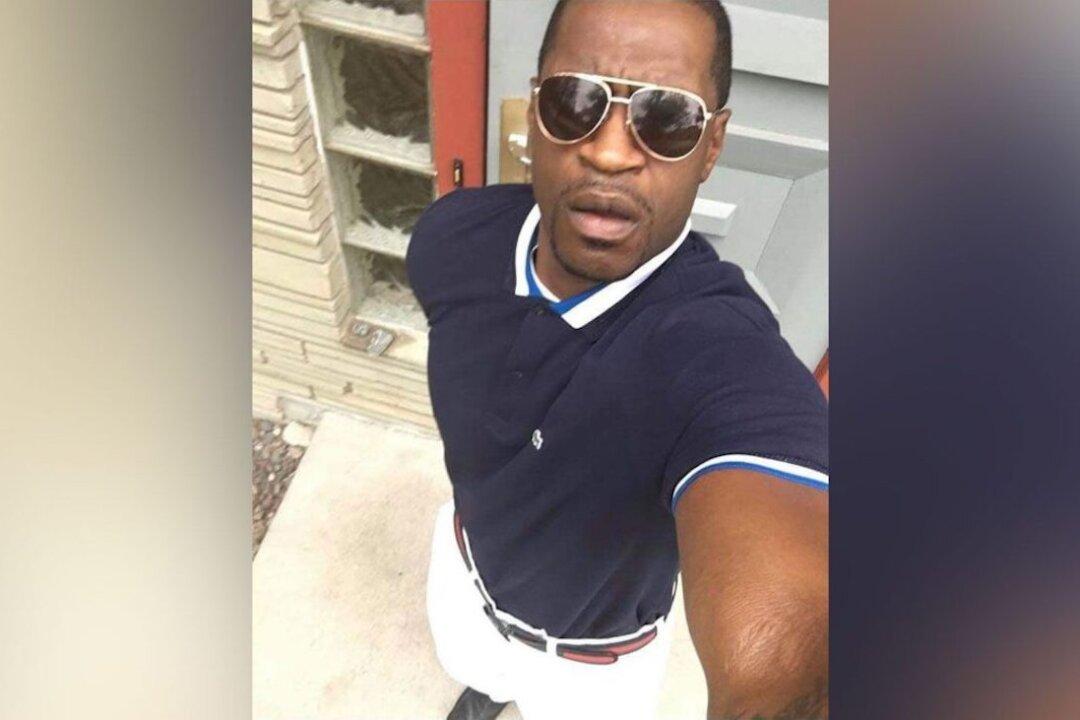Minnesota prosecutors said on May 28 that they won’t “rush” to press charges against the four officers involved in the death of George Floyd, a man who died in police custody when he was handcuffed and had a knee placed on his neck.
Hennepin County Attorney Mike Freeman said on Thursday night that he will not hastily press charges as “justice cannot be rushed,” pointing to the 2015 case of 25-year-old Freddie Grey from Baltimore who died a week after he was critically injured while in police custody.





